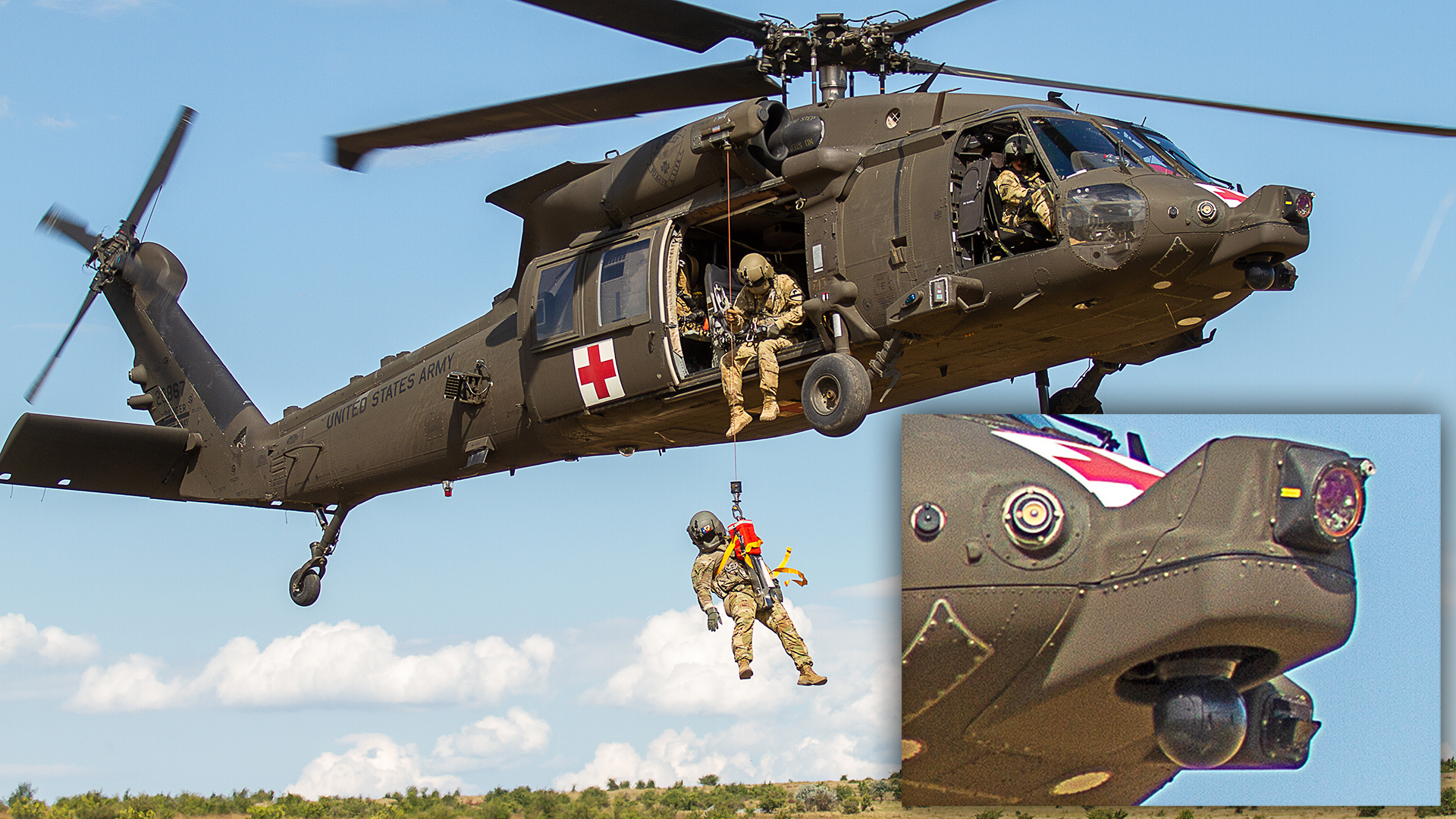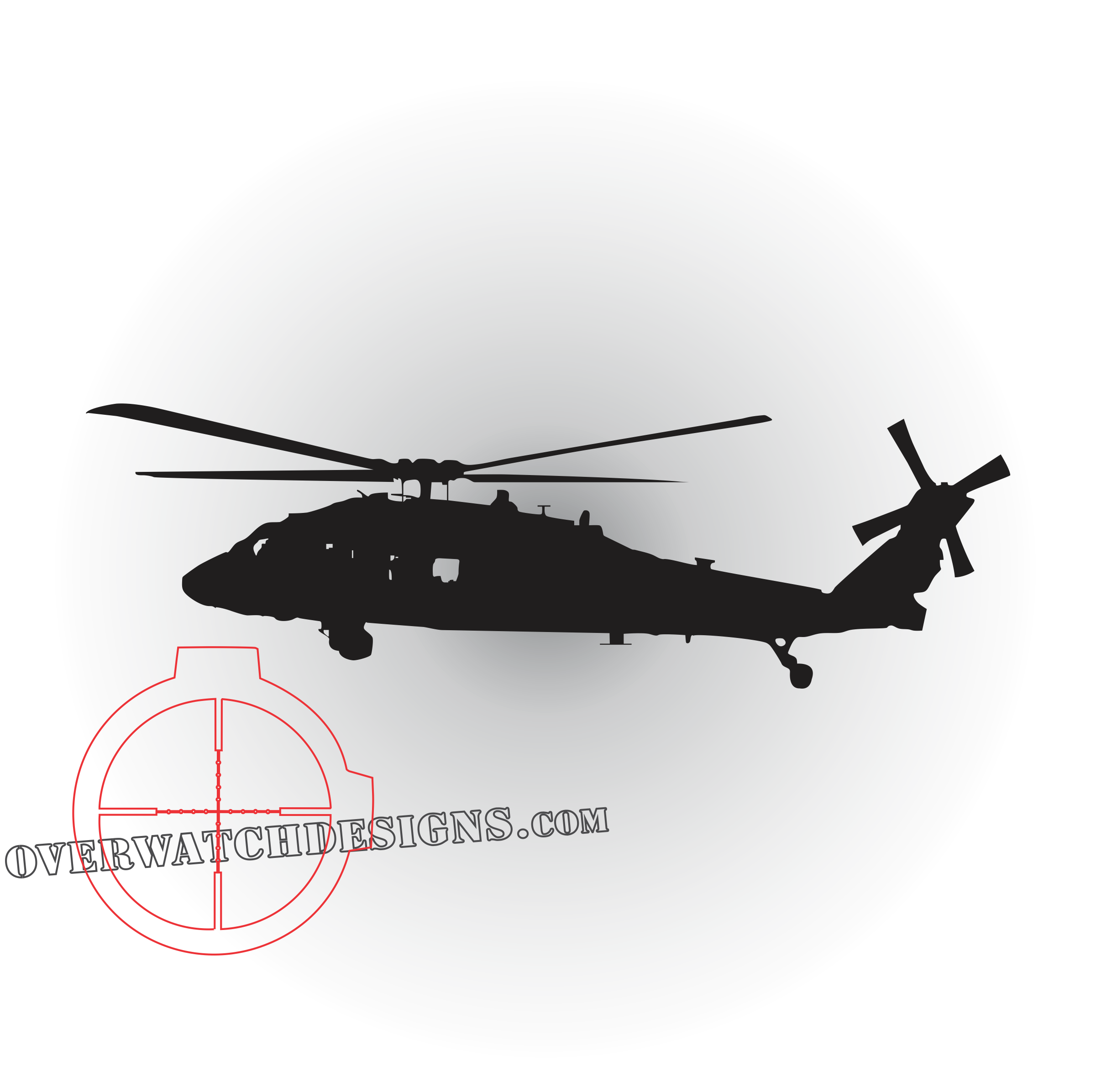The Enduring Legacy and Value of the UH-60 Blackhawk in Modern Armed Force Approach
The Enduring Legacy and Value of the UH-60 Blackhawk in Modern Armed Force Approach
Blog Article
Comprehensive Overview of the UH-60 Blackhawk Helicopter
The UH-60 Blackhawk helicopter, a trademark of modern army aviation, has actually played a vital duty in diverse operational theaters considering that its intro in the 1980s. With its durable layout and flexibility, it has adapted to fulfill different missions, from army transport to clinical evacuation. As we discover its intricate history, design specs, and technical innovations, it becomes evident that the Blackhawk's impact extends far past the battlefield. Nonetheless, the complete level of its legacy and the lessons picked up from its implementation across the globe warrant a more detailed evaluation.
History and Development
The UH-60 Blackhawk helicopter has constantly been a cornerstone of U.S. armed forces air travel considering that its intro in the late 1970s. Created by Sikorsky Airplane, the Blackhawk was created to fulfill the Military's requirement for a functional energy helicopter that could execute a series of objectives in different environments. UH-60 Blackhawk. The growth process started in 1972, with the initial model flying in 1974
Its functional debut came throughout the 1980s, where it was promptly identified for its speed, dexterity, and capability to transport troops and freight successfully. The Blackhawk's efficiency in the 1983 Grenada invasion and succeeding operations solidified its online reputation as a dependable workhorse for the united state Army. For many years, the helicopter has undertaken countless upgrades and variants, adapting to developing military needs, including the addition of innovative avionics and weapon systems.

The Blackhawk's style has additionally evolved to serve numerous branches of the military and allied pressures, showcasing its flexibility. Today, it remains an important element of united state armed forces procedures and continues to be a favored selection for rotary-wing aviation around the world, showing its long-lasting legacy and continuous importance in modern warfare.
Style and Requirements
Engineered for performance and flexibility, the UH-60 Blackhawk helicopter includes a durable design that enhances its operational abilities. The airframe is created primarily from aluminum alloys, giving an equilibrium of stamina and weight performance. With a size of 64 feet and a blades size of 53 feet, the Blackhawk is designed to accommodate a large range of goals. Its optimum takeoff weight is about 22,000 pounds, enabling it to lug significant payloads.
The helicopter is powered by two General Electric T700-GE-701C engines, each providing 1,800 shaft horsepower, which makes sure high levels of reliability and performance in varied atmospheres. The blades system is a four-blade, totally expressed style that permits excellent maneuverability and stability, even in unfavorable conditions.
Additionally, the UH-60 incorporates advanced avionics and flight control systems that improve situational understanding and pilot control. The cabin is designed for quick reconfiguration, permitting it to sustain different objective accounts, from troop transport to medical evacuation. In general, the layout and specs of the UH-60 Blackhawk show a dedication to functional quality and flexibility in the field.

Objectives and functions
With its durable layout and progressed abilities, the UH-60 Blackhawk helicopter offers a multitude of functions throughout different armed forces operations. Initially developed for army transport, the Blackhawk has progressed to perform a large range of missions, consisting of medical emptying, search and rescue, and logistical support. Its adaptability enables it to run in diverse settings, from metropolitan landscapes to rugged surfaces.
In combat circumstances, the Blackhawk is vital for inserting and removing unique procedures pressures, offering them with the mobility needed to execute their objectives effectively. Furthermore, the helicopter can be equipped with innovative interaction and avionics systems, boosting its duty as a command and control platform in vibrant fight situations.

Technological Developments
Incorporating innovative innovations has actually substantially improved the efficiency and capabilities of the UH-60 Blackhawk helicopter. The consolidation of sophisticated avionics systems, including electronic trip control and improved situational recognition displays, has actually improved pilot navigation and decision-making in complicated environments. These systems allow real-time information handling, promoting far better interaction and control throughout missions.
Moreover, the Blackhawk's airframe has actually undergone significant upgrades, using composite materials that minimize weight while increasing structural integrity. This alteration adds to enhanced gas performance and functional variety. The helicopter is also outfitted with innovative propulsion systems that provide better power and integrity, ensuring optimal performance in varied problems.
Additionally, the integration of modern sensors and tool systems has actually expanded the Blackhawk's versatility. Improved targeting capacities and advanced hazard detection systems enable reliable involvement in battle situations, improving goal success rates.
Worldwide Influence and Heritage
The UH-60 Blackhawk helicopter has actually made an extensive influence on army procedures and humanitarian initiatives worldwide given that its introduction in the late 1970s. Its adaptability and advanced technology have actually enabled it to offer in various roles, including troop transportation, medical evacuation, and logistical support (UH-60 Blackhawk). The helicopter's efficiency in combat scenarios has actually redefined airborne wheelchair, allowing pressures to respond promptly and efficiently to vibrant field of battle problems
Around The World, the Blackhawk has actually been go to my blog released in countless problems, from the link Persian Gulf to the Balkans, showcasing its flexibility to diverse atmospheres. Its function in humanitarian objectives, such as catastrophe alleviation and search-and-rescue operations, has further solidified its credibility as a trusted possession in dilemma circumstances.
The tradition of the UH-60 prolongs beyond its army applications; it has also affected helicopter design and functional teaching worldwide. Its success has prompted other nations to develop comparable airplane, enhancing worldwide aeronautics requirements and operational abilities. As the Blackhawk remains to advance with modern upgrades, its influence on both armed forces and civilian air travel remains substantial, ensuring its place in history as one of one of the most renowned helicopters of its time.
Final Thought
The UH-60 Blackhawk helicopter stands as a testament to ingenious engineering and functional army application. Its style and capacities have considerably shaped contemporary airborne procedures, boosting army wheelchair and functional performance. The continuous improvements in modern technology remain to solidify the Blackhawk's role in modern warfare and humanitarian initiatives. Consequently, the Blackhawk has actually left an enduring mark on army air travel, Get More Information influencing future helicopter designs and redefining tactical approaches around the world.
The UH-60 Blackhawk helicopter, a characteristic of modern-day armed forces aviation, has played an important role in diverse functional cinemas because its intro in the 1980s - UH-60 Blackhawk.The UH-60 Blackhawk helicopter has consistently been a keystone of United state army aviation because its intro in the late 1970s.Engineered for efficiency and flexibility, the UH-60 Blackhawk helicopter includes a durable design that boosts its functional capabilities.With its robust layout and progressed capacities, the UH-60 Blackhawk helicopter serves a plethora of roles across different army operations.The UH-60 Blackhawk helicopter has actually made an extensive influence on armed forces procedures and altruistic initiatives worldwide because its introduction in the late 1970s
Report this page